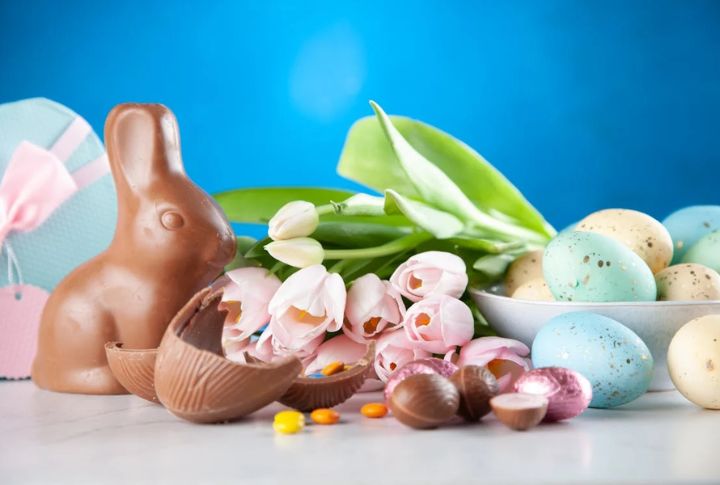
The Easter Bunny is more than a cheerful symbol of springtime. Behind those floppy ears lies a tale marked by surprising detours along with forgotten origins that fuel curious reinventions. This isn’t just about candy and colored eggs. These ten turns reveal how a simple bunny hopped into a legendary role, reshaped by evolving beliefs and centuries of storytelling.
The Origin Story Of The Bunny
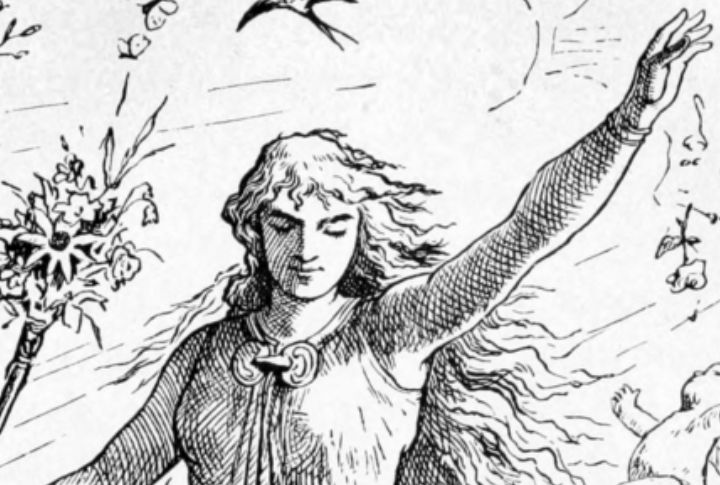
Long before jelly beans, a spring goddess named Eostre may have inspired the Easter Bunny. In one tale, she rescued a wounded bird and turned it into a hare that could lay eggs. That strange origin story set the stage for centuries of Easter tradition.
Eggs For German Children
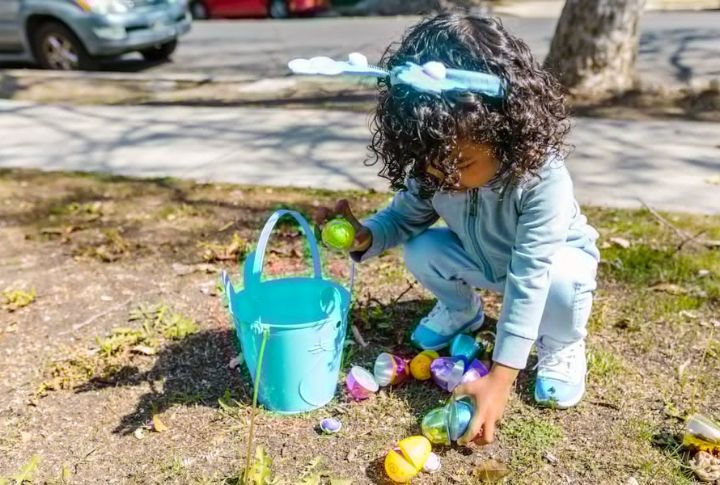
Imagine a rabbit sneaking into gardens to leave colored eggs. It’s exactly what 17th-century German children believed. The “Osterhase” was no mythic beast; it was part of a folk tradition where good children received eggs in nests, ushering in one of Easter’s earliest bunny legends.
Judgmental Easter Hares
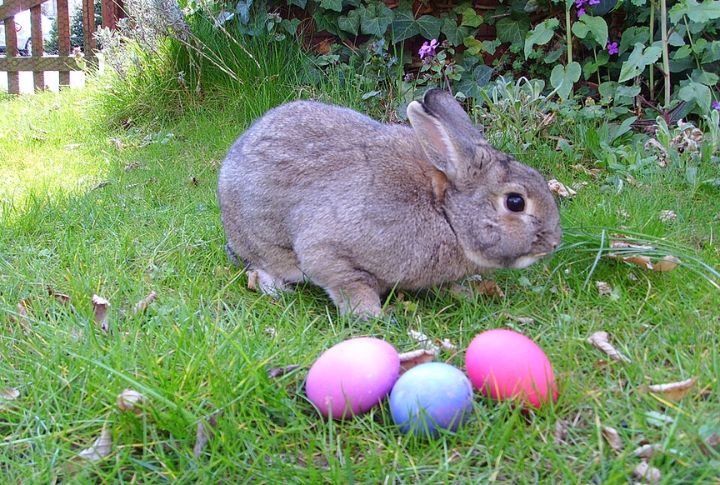
Here’s a twist you might not expect. Before Santa made his list, the Easter Bunny had a judgmental streak. In some early stories, the hare evaluated children’s behavior. If they were obedient, they’d get treats. If not, well—let’s just say the baskets stayed empty.
Easter Eggs Were Delivered In A Hat
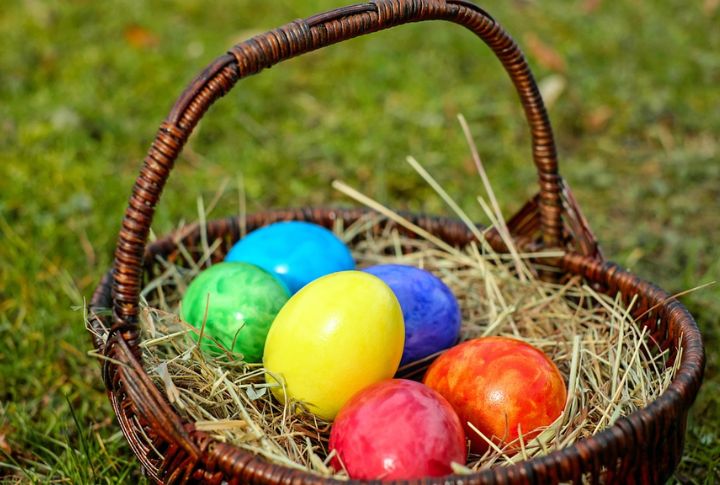
The basket wasn’t always part of the tradition. Some early European children left out caps or bonnets to be filled with treats. This quaint detail reminds us how holiday customs evolve with time, shaped by local habits and whatever happened to be handy around the home.
Bunnies And Eggs Of Pagan Springtime
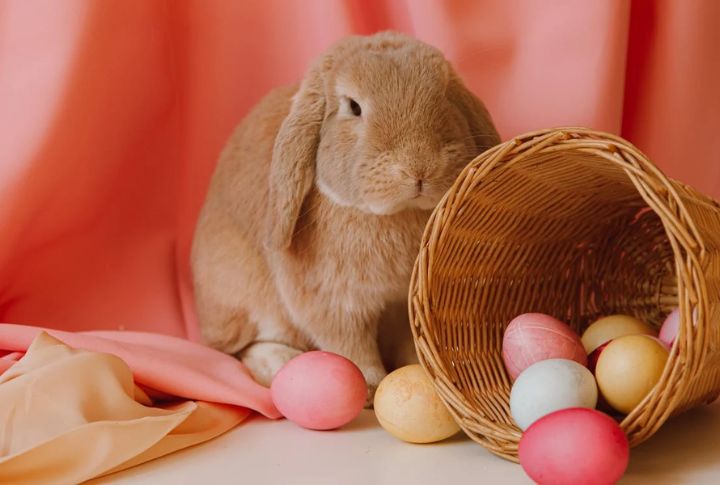
In pre-Christian Europe, the rabbit and egg weren’t just cute. They also symbolized fertility and new life. Ancient spring festivals celebrated nature’s renewal, and these icons carried sacred meaning. When Christianity spread, the symbols stuck, weaving pagan imagery into what became the modern Easter story.
The Bunny Wasn’t Always Cute And Cuddly
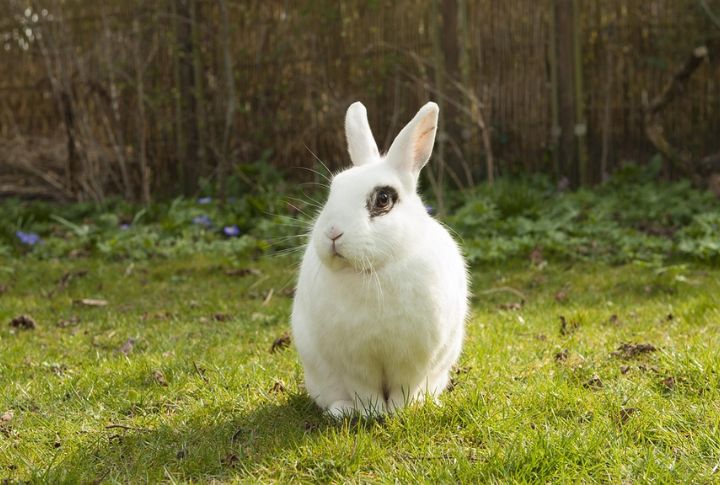
Early depictions of the springtime hare weren’t sweet at all. In some 19th-century art, it resembled a shadowy forest creature with a stiff posture and unsettling eyes. As commercial Easter took over, soft toys and cartoons gradually transformed it into the plush icon we know today.
Chocolate Eggs Came Long After

Surprised? The candy part of Easter didn’t show up until much later. In the 1800s, chocolatiers in France and Germany started molding hollow eggs. They were expensive at first, more showpiece than a snack. Over time, they joined the Easter Bunny’s toolkit of treats and delights.
The Bunny Isn’t Popular Everywhere
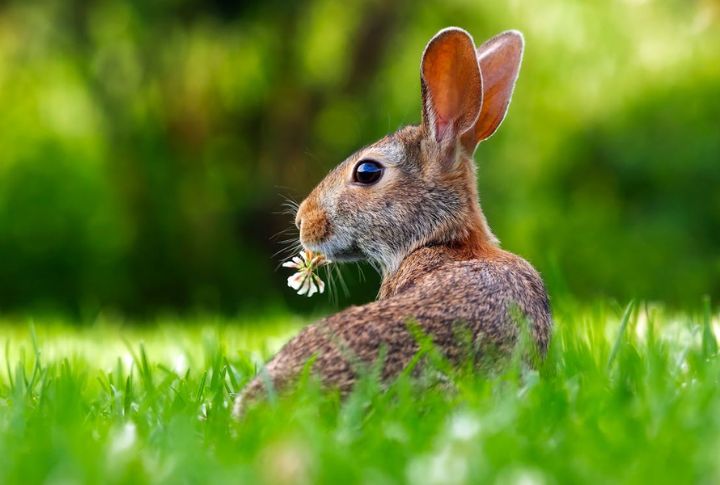
Not every country follows the bunny ardently. In Australia, the native bilby is the preferred Easter alternative to raise awareness about the endangered species. Switzerland leans on a cuckoo bird instead. These local twists prove the Easter figure adapts easily, reshaped by culture, ecology, and national charm.
The Wartime Mascot
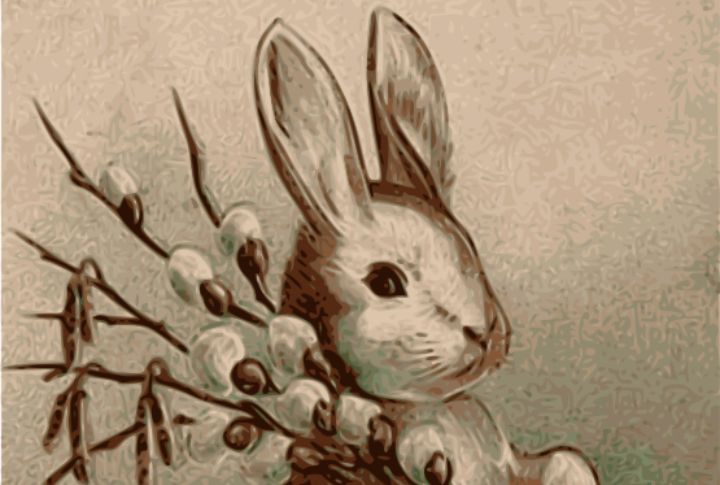
During World War II, that long-eared symbol of spring made an unexpected appearance on posters. It was used to encourage people to buy war bonds and support the troops. In a tough time, this familiar symbol helped spread hope and remind families of better days to come.
Almost Canceled By The Church
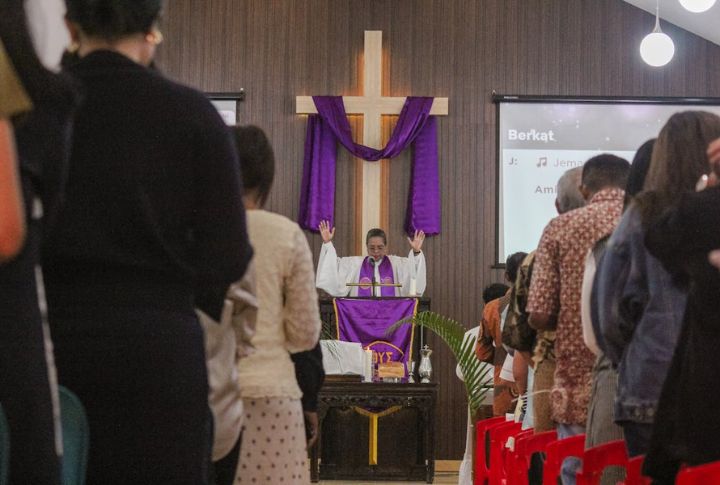
Back in the 1800s, some church leaders weren’t thrilled about the bunny. They worried it took attention away from Easter’s deeper meaning. Messages in sermons and leaflets warned against it. Yet the bunny survived, adapting without ever quite hopping out of view.

